You are here
Back to topChina’s Demand for Thai Durians Unaffected by Pandemic
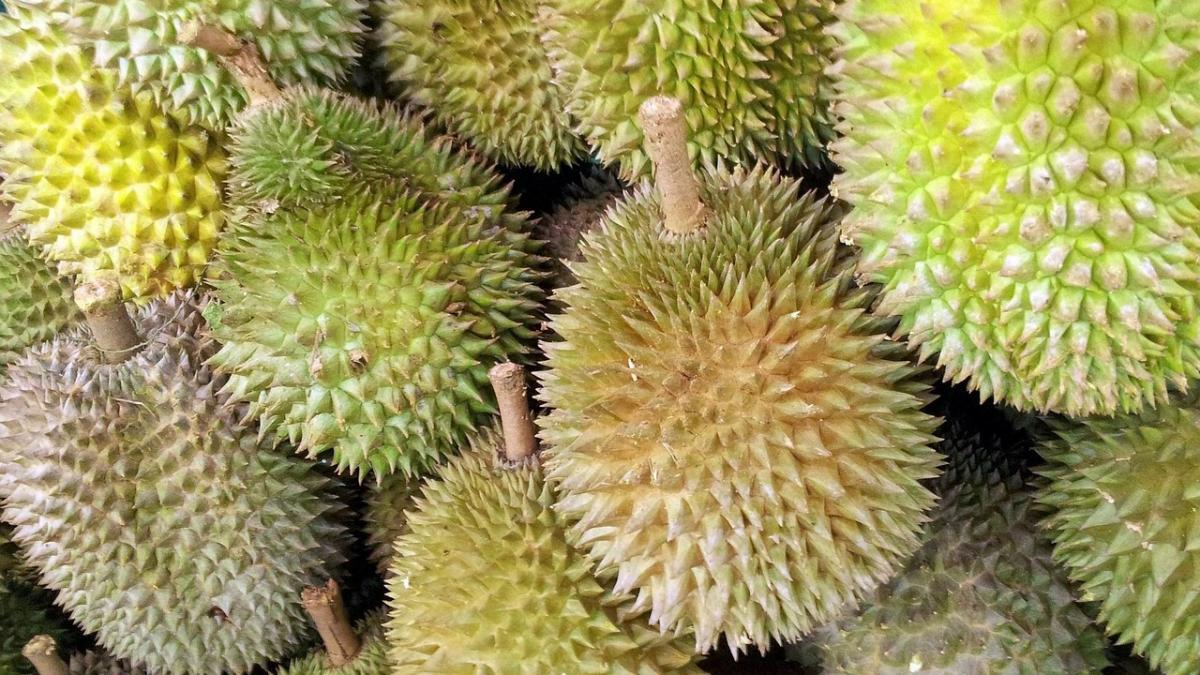
According to Nikkei Asian Review, the demand for Thai durians on the Chinese market remains as robust as ever. To date, the spread of the novel coronavirus has not interrupted supply chains, and many Chinese buyers are rushing to pre-order Thai durians to get ahead of any potential supply issues that the epidemic may cause.
A large number of Chinese buyers arrived in Thailand ahead of this year’s durian harvest to purchase fruit directly from orchards. Owing to the unusual situation this year, the buyers visited Thai durian growers back in March and placed advance orders for durians before the fruit had ripened, then managed to fly back to China before the closure of international airports.
Although the Thai economy is feeling the effects of the pandemic, Chinese buyers are ordering durians as usual, and most Thai durian growers have already had their fruit ordered in advance. In addition, the easing of China’s lockdown policies coincided with the beginning of Thailand’s durian harvest, allowing growers to sell their pre-ordered durians in a timely manner.
Last year, the wholesale price of Thai durians was approximately 80–90 Thai baht per kilogram. This year’s durian supply has decreased owing to severe drought during the growing and early harvesting seasons, resulting in higher prices. Consequently, current durian wholesale prices are around 105–115 baht per kilogram. At one point near the beginning of the durian harvest season, retail prices on the Thai market even reached as much as 150 baht per kilogram.
Chanthaburi province is Thailand’s largest durian-growing area. In recent years, under the impetus of increasing Chinese demand and rising prices, many local farmers have been replacing their rubber plantations with durian orchards. As a result, Chanthaburi’s total rubber plantation area has decreased from 177,736 hectares in 2012 to the current area of 89,782 hectares. Durian orchards occupy almost all available land, with a current total area of 30,400 hectares.
Somnuck Jongmeewasin, a lecturer on environmental management at Silpakorn University International College, said that rubber prices have decreased over the past five years, prompting farmers to switch to the more profitable durians. Nearly half of Chanthaburi’s farmland is now occupied by durian orchards.
This trend can be observed over the whole of Thailand, not just Chanthaburi. Statistics from Thailand’s Office of Agricultural Economics reveal that the total area of durian orchards across the country increased from 96,000 hectares in 2012 to 152,000 hectares in 2019. The farm gate price of golden pillow durian fruit has also increased, rising from 35 baht per kilogram seven years ago to 100 baht per kilogram in 2019.
To boost foreign exchange earnings, the Thai Ministry of Commerce has been very active in promoting the export of durians and other fruit to China. In 2018, Thailand produced 600,000 tons of durians. A significant proportion of these were exported, with 70% of Thailand’s exported durians going to China. In 2019, fruit accounted for almost 6.5% of Thailand’s total exports.
Image: Pixabay
This article was translated from Chinese. Read the original article.



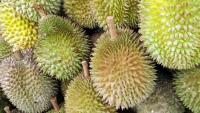
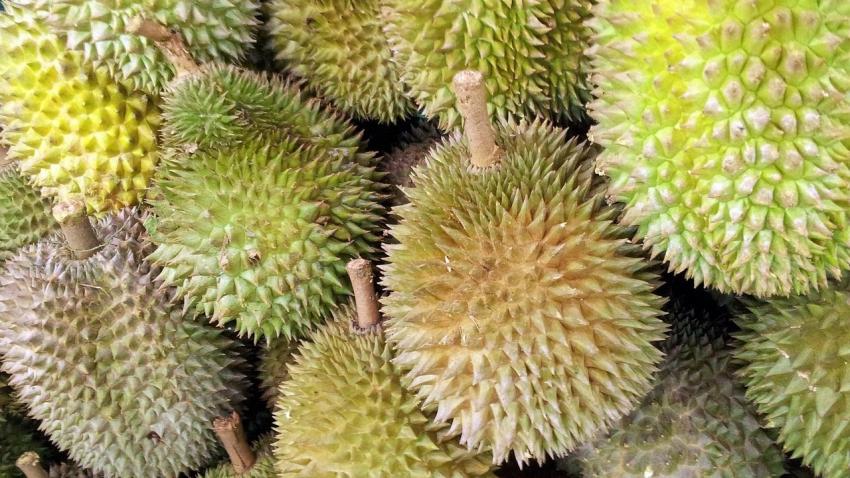
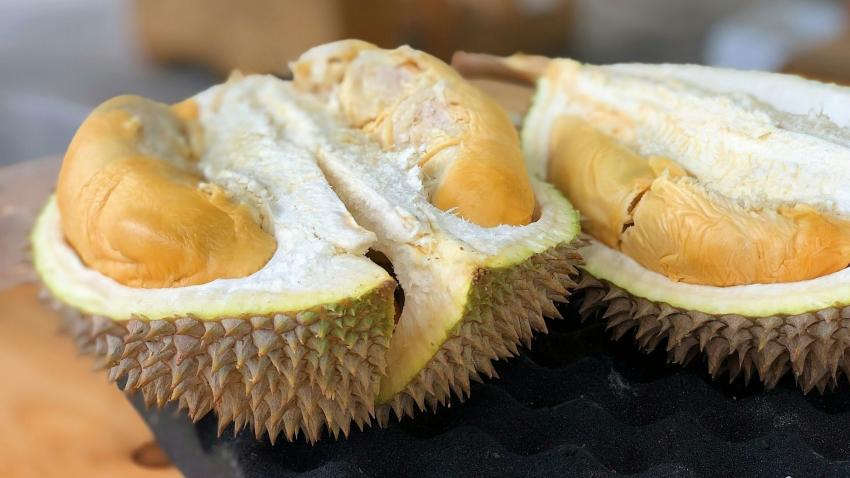

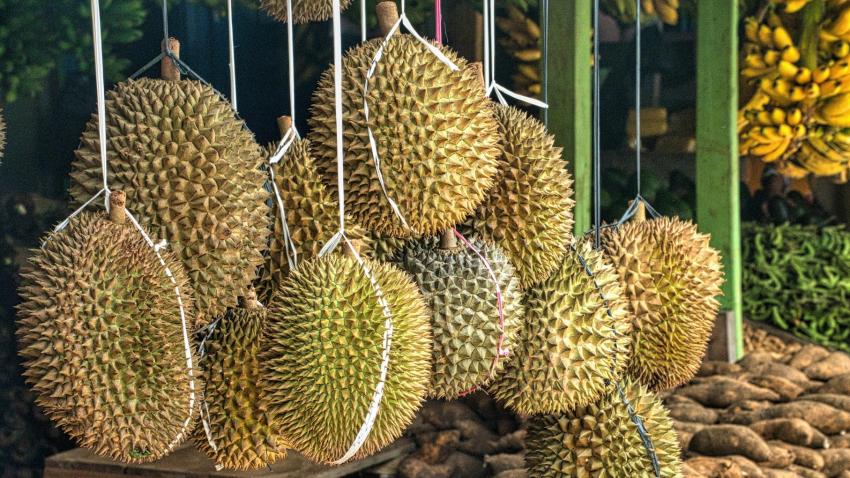







Add new comment